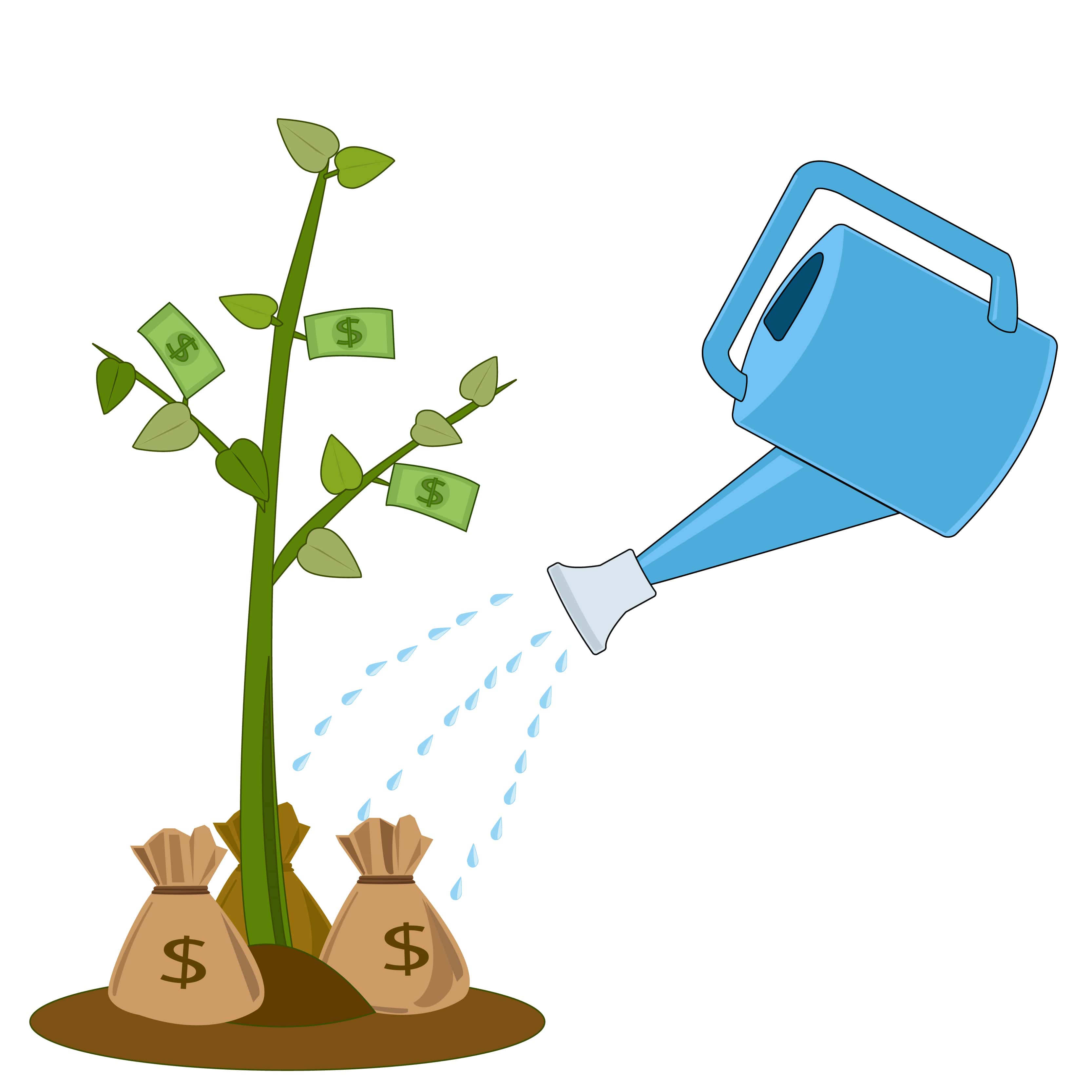Tips for farmers to make more while spending less
By Diego Flammini, Farms.com
While different businesses have different business models, there is one strategy that most try to adopt.
Make more money than is spent.
Farmers try to operate like that, too. With all the money they spend on machinery, maintenance and other input costs, they’re trying to make more money on the farm than they spend trying to make it successful – and really, why wouldn’t they?
The University of Nebraska-Lincoln (UNL) has come up with a long list of methods farmers can try to help minimize their inputs and maximize their profits.
The tips include:
Reducing Soybean Planting Populations
UNL recommended planting soybeans at a rate between 120,000 seeds per acre and 160,000 seeds per acre in 30-inch rows. Based on seed costs averaging between $40 and $65 per bag, that can mean savings ranging from $10.66 to $18.57 per acre. For example, a 200-acre operation, saving $15 per acre would have an extra $3000 on hand.
Share Machinery
Deciding to share all machinery costs with other farmers can have a significant impact on the amount of money saved per year. If two or more farmers agree to split the costs equally, that’s less money each of them have to spend.
Generic vs. Brand Name Herbicides
Everyone likes to have brand name items but sometimes the generic, less-popular item can perform just as well. In the UNL studies, Roundup WeatherMax was selling for about $93/gallon, compared to a generic glyphosate’s $42/gallon.
Join the conversation and tell us some of your methods to manage your input costs. How has it impacted your savings and operations?

Simple practices can help farmers manage their input costs.